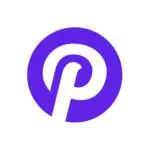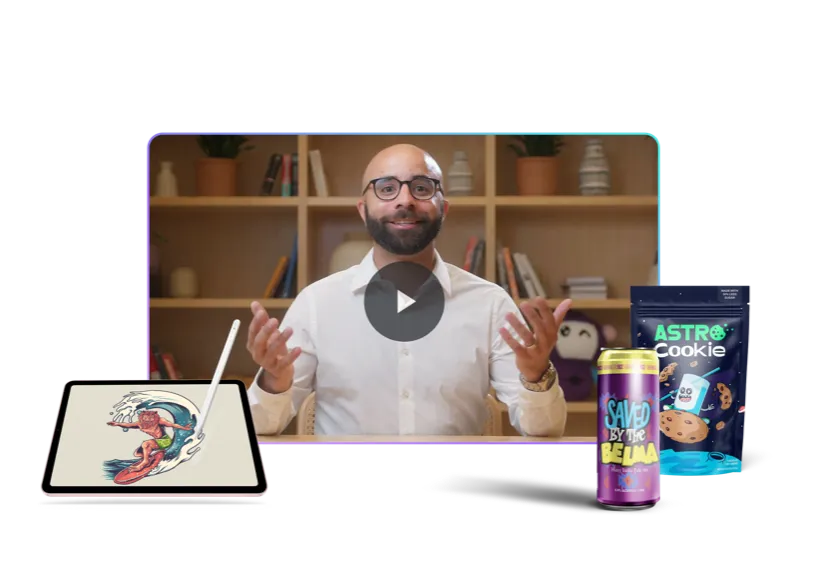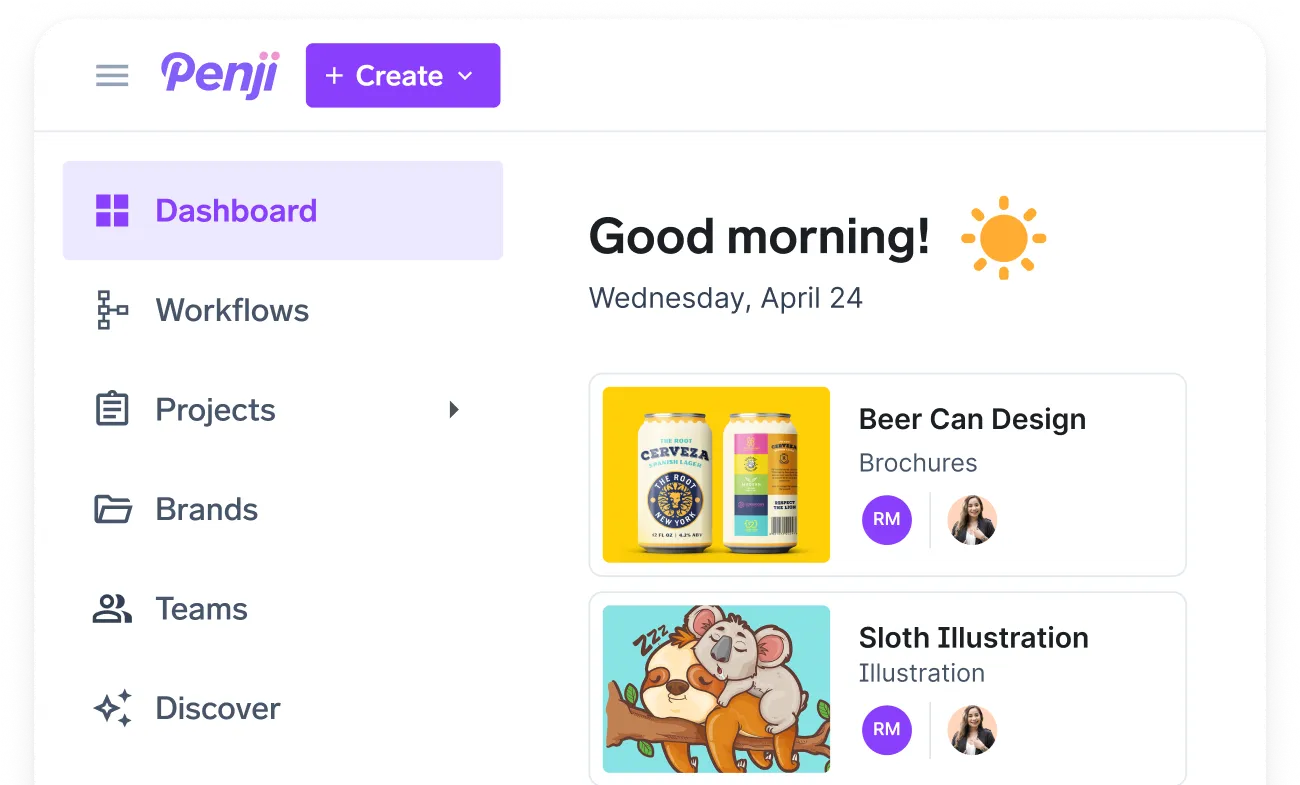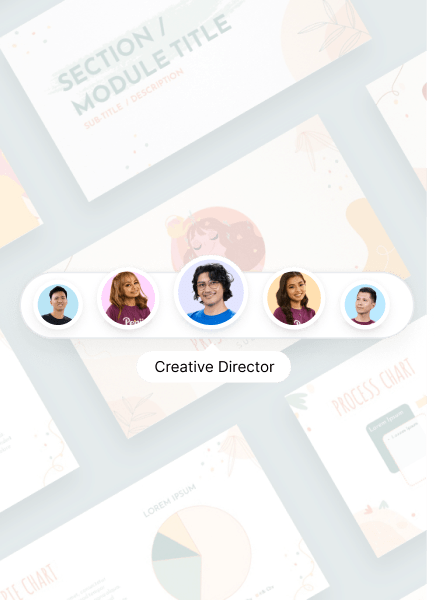![[Fully Managed] Marie Linn from Vandalia Ep. 164](https://penji.co/wp-content/uploads/2025/08/BLOG-IMAGE-Marie-Linn.jpg)
Guilty Pleasure Confessions
Shannon Donnelly (SD): Hello, everyone, and thank you for joining us. This is a Fully Managed Podcast, for those who don’t know. And Marie is joining me today. Thank you so much, Marie, for joining us.
Marie Linn (ML): Hello.
SD: So we’re going to start today with a little game to get our creative juices flowing, get out of our little work brains. So this segment is called Guilty Pleasure Confessions. So how it’s going to work is you’re going to tell me something that is a guilty pleasure of yours right now and convince me for it to want to be my guilty pleasure within like a minute or so. Does that sound good?
ML: Okay.
SD: Alright, whenever you’re ready.
ML: I really like trashy reality TV, mostly the Housewives. You’re already a fan, you know, you get it.
SD: Well, why do you like it?
ML: They are crazy. It always helps me feel a little better whenever my life starts feeling a little crappy. Like, it’s not that bad.
SD: That’s true. Like, you’re not going to jail or anything like that.
ML: For me, thank you.
SD: I can definitely understand that. I do like some good trash reality TV. Sometimes I have to pause because it just makes me feel bad sometimes.
ML: I love watching it while I’m working because it’s so much fun to just sit here and be like, she said what? And just look over and it makes my whole workday just fly by.
SD: I love that. I wish I was able to multitask. I think that would be so nice sometimes, but I cannot hear something and do something. I either hear something or I do something or I’m typing an email and I’m typing exactly what I’m hearing instead of what I’m thinking. And it’s not a good thing for me. I think it would be so nice to help the workday go by if I was capable. Well, thank you for answering that, and unfortunately you didn’t have to convince me because I’m already there with you. But thank you for sharing.
Guest Introduction
SD: So we’ll get right into introductions. Hello, everyone. For those who don’t know, I know I mentioned before that this is the Fully Managed Podcast. This is a podcast where we discuss marketing and business tips to assist you on your business journey. I’m your host, Shannon, Penji’s Partnership Coordinator. And I’m joined here today with a very special guest, Marie Lynn from Vendalia Digital. Thank you so much for joining me today.
ML: Thanks for having me.
SD: Thank you. So could you start by telling us a little bit about yourself? Anything that maybe you want the audience to know, anything to this point that you think would be important to share—what you’re doing now?
ML: So now, gosh, I can’t even tell you the number of websites we as a team produce and send out the door. I think my list currently has ten items on it. Five of them are actual websites and then five of them are websites where I’m supposed to be updating different things. And then it’s always a crazy master web of what do I do now and who needs this when.
SD: That’s awesome. So how did you get to this point where you were working at Vendalia? What did it kind of look like? What were you doing before this? How did you get into what you do now? And what excites you?
ML: I graduated college with my BFA in painting and drawing in 2008. That was the recession. Things were not awesome. I was working at McDonald’s and making my way through the ranks just to make more money. Eventually I hit a point where I was like, I can’t live this way. So I went back to school and got my design degree. At the end of my last semester, they asked if I would come back as the instructor for their HTML course. At this point, I hated web with a burning passion. But somehow I just kind of understood HTML, CSS. So I started teaching the web one course at Wright State. Over five years, I ended up teaching web one and web two.
During that time, I actually got fired from my first design job, and they did me the biggest favor. We were not a good fit. I didn’t know what to do next, but I was still teaching. I did a few odd jobs, one internship, and applied for jobs. There were only two web design jobs listed—one local, one an hour and twenty minutes away. I applied to both. I got a call from the farther one and started this monstrous commute, which ended up being my real first web design job.
That company was enormous. Sometimes with big companies, it’s not fun. The levels of bureaucracy are insane. You’d need ten levels of approval to get a raise. That company eventually sold, and I was once again looking for a job. I had massive imposter syndrome and didn’t think I was going anywhere.
I accidentally applied to my current company thinking it was local—they’re actually in West Virginia. But I love it. It was sink or swim. I was hired as the web designer. No big team to fall back on, but I had the freedom to do my thing and learn everything about WordPress. Now, almost two and a half years in, I love working there.
SD: Do you think you started to enjoy web design more because of the freedom? Maybe you didn’t hate web design but hated the box you were put in?
ML: I love what I do. Thinking back to the beginning of my career is wild. I really hated the rules. When I first learned, everything was different. Even while I was teaching, the way HTML was done changed. A lot of things improved fast, and that helped me gain an appreciation for it.
Challenges of Corporate Life
SD: That makes sense. I understand the corporate environment frustration. I’ve never pictured myself in a business with that structure. It’s inefficient. And creatively, needing multiple approvals is exhausting.
ML: We used to sit through meetings every week. We were working on a web platform product, and the woman in charge of development would tell us all the ways our websites were wrong. I’d get crazy notes from her. And I had never even met her in person—she was in Minnesota. Completely bonkers.
SD: That’s insane. I appreciate that not all agencies are like that. Some do model themselves after corporate structures. But in agency work, it’s so nice to be able to talk to someone and get a real answer—no hoops.
ML: Exactly. It’s such a breath of fresh air. With imposter syndrome, I thought I’d stick out. There were so few people, I felt like I couldn’t screw up. But I always thought I’d thrive better in a big company. Turns out, it’s the opposite.
SD: I get that. When you’re close-knit, even the stress feels manageable because everyone’s in it with you. That camaraderie helps.
WordPress and Custom Web Design
SD: So, transitioning a bit. I know you’re an expert with WordPress specifically.
ML: I Google a lot of things.
SD: We all do! No one’s an expert. My brother works in IT and says, “I’m just better at Googling than you.”
ML: That’s real.
SD: Talking about WordPress—how do you balance efficiency with templates and the need for truly custom design?
ML: I don’t usually use full templates. I’ll take pieces—like a hero I like—and build from there. I prefer to start with a blank slate so everything is styled consistently. I don’t have to override someone else’s buttons or fonts. I can just set it and forget it.
SD: When creating a website, do you follow a process with client input or just go with your creative gut?
ML: New clients fill out a form on our site with basics like name, current URL, logo, etc. Then we have a consultation where they tell me what they want and show examples. I take a first shot, usually the homepage, and we go from there.
SD: How do you avoid burnout when clients don’t love the first draft?
ML: It rarely happens. We’ve only had a few clients we were happy to see go. I’m at their service. The discovery call helps—if they have big ideas, we talk about it early. That gives me time to problem solve.
Designing for Appalachian Culture
SD: I know you work with Appalachian businesses. Are there unique characteristics that influence your design?
ML: For sure. I’m in Ohio, so we share a lot. I’ve learned so much about their culture and history—especially working with parks and recreation clients. I’ve taken notes. I love it.
SD: Was it hard to adapt?
ML: No. My job before the big company was trial by fire—websites for every industry. That helped. I know, for instance, doctors don’t like certain styles. It gave me a great baseline.
SD: So you tailor more to the client than to the region?
ML: It’s both. I have clients now asking for “modern Appalachia,” which is mixing 2025 with tradition. I didn’t expect that challenge, but I love it.
Staying Up-to-Date and Incorporating SEO
SD: WordPress is always evolving. Do you enjoy learning the new stuff?
ML: Everything’s always changing. I just go with the flow. We use Divi, a theme builder. It’s phenomenal. It honestly makes my job easy.
SD: Do you integrate SEO into your design?
ML: Yes, as far as I can. Then I use Google tools. My boss handles the broader SEO. He’s a marketing wizard.
SD: That’s great to have. Do you follow a process or collaborate with the business on that?
ML: My boss handles the off-site stuff. He’s always got something going.
Favorite Projects and Accessibility
SD: Do you have a favorite website you’ve worked on?
ML: That’s hard. I’ll say our company’s website. I just redesigned it. It was my first time trying the modern Appalachia style. Everything came together really well.
SD: Was it intimidating working on your own company’s site?
ML: It was time. We evolved so much, it was necessary. I felt like I had a lot of freedom. I wasn’t going to launch anything without feedback, but I felt I could explore freely.
SD: Do you consider accessibility and inclusivity in your designs?
ML: Always. I spend at least a day making sure APA settings are correct. Every site passes tests before we launch it.
SD: Do you use plugins or build accessibility features yourself?
ML: Plugins, definitely. It’s not practical to build from scratch and still meet compliance. Plugins handle contrast, text size, etc.
Storytelling in Web Design
SD: There’s a focus on storytelling in web design. Is that something you talk about early on?
ML: Our intake form has a place for that. Then we talk more in the intro meeting. If I send a draft and it’s off, they tell me what to change.
SD: Can you give an example of storytelling in your work?
ML: Our website again. The visuals and branding reflect the outdoors—icons, topography, everything. It tells our story visually.
SD: That makes sense—incorporating their values into every design element.
Wrap-Up
SD: Well, we are coming up on time today, but I just wanted to say thank you so much for joining me. I think this was a lovely chat. Normally I have typical marketers on the podcast, so it was really cool to learn more about web design. Marketing sometimes becomes redundant, so this was refreshing.
ML: Thank you for having me. I really appreciate it.
SD: And thank you also everyone for listening or watching. We’d be nothing without you. Please check out other episodes to get to learn from the podcast like I get to do every time. Thank you so much. Have a lovely day.
https://www.linkedin.com/in/mldesigns














